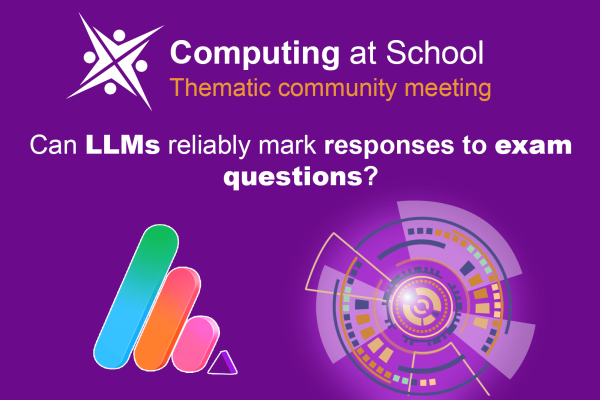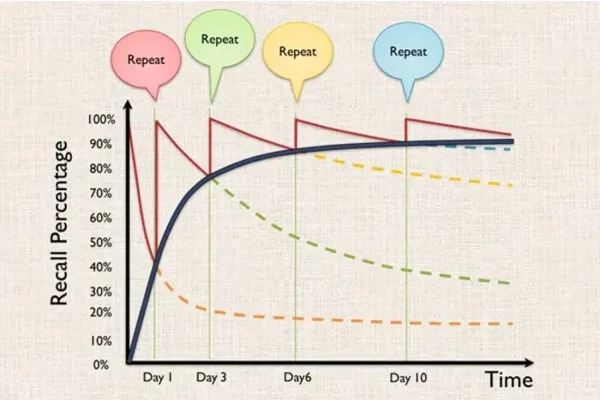Applying knowledge effectively, whether it’s for exams or real-life challenges, relies on a solid, well-organised foundation of knowledge (also known as a knowledge schema) and enough working memory capacity. Spaced retrieval, which means actively recalling information at gradually longer intervals, is a key technique for deeply embedding this knowledge and making its retrieval quick and effortless. This approach helps make recalling information more automatic and less demanding, lightening the load on working memory during problem-solving or application. This means more mental resources are available to tackle complex problems.
Here are the key principles of effective spaced retrieval:
- Newly learnt material (the knowledge components*) should be retrieved to counter our tendency to forget (the forgetting curve)
- Retrieval should be spaced apart by progressively longer intervals over time
- The initial review should occur within 24 hours after the new information is first learned (Why? Because the greatest amount of forgetting happens immediately after learning new information. Memory traces are very fragile initially. By reviewing within 24 hours, you are able to reinforce and re-encode those fresh memories before much forgetting has had a chance to occur.)
- If a piece of learnt information (i.e. a knowledge component*) is successfully recalled during review, the interval until the next review for that information should be extended further
- If a piece of learnt information (i.e. a knowledge component*) is not recalled correctly, corrective feedback should be provided, and the review interval for that information should be reset to a short duration, such as 24 hours or 1 day
- A knowledge component can be considered mastered and removed from the review cycle if it is correctly recalled three to four consecutive times without error
*Knowledge components are essential bits of information that together form a complete understanding of a concept. e.g. in the context of a sole trader business structure, these components encompass definitions (what a sole trader is), legal and operational characteristics (ownership by one person, no need for governmental registration), financial aspects (sole possession of profits, challenges in raising finance), risks (unlimited liability), and practical considerations (the potential for overwhelming responsibility and the need for diverse skills).



